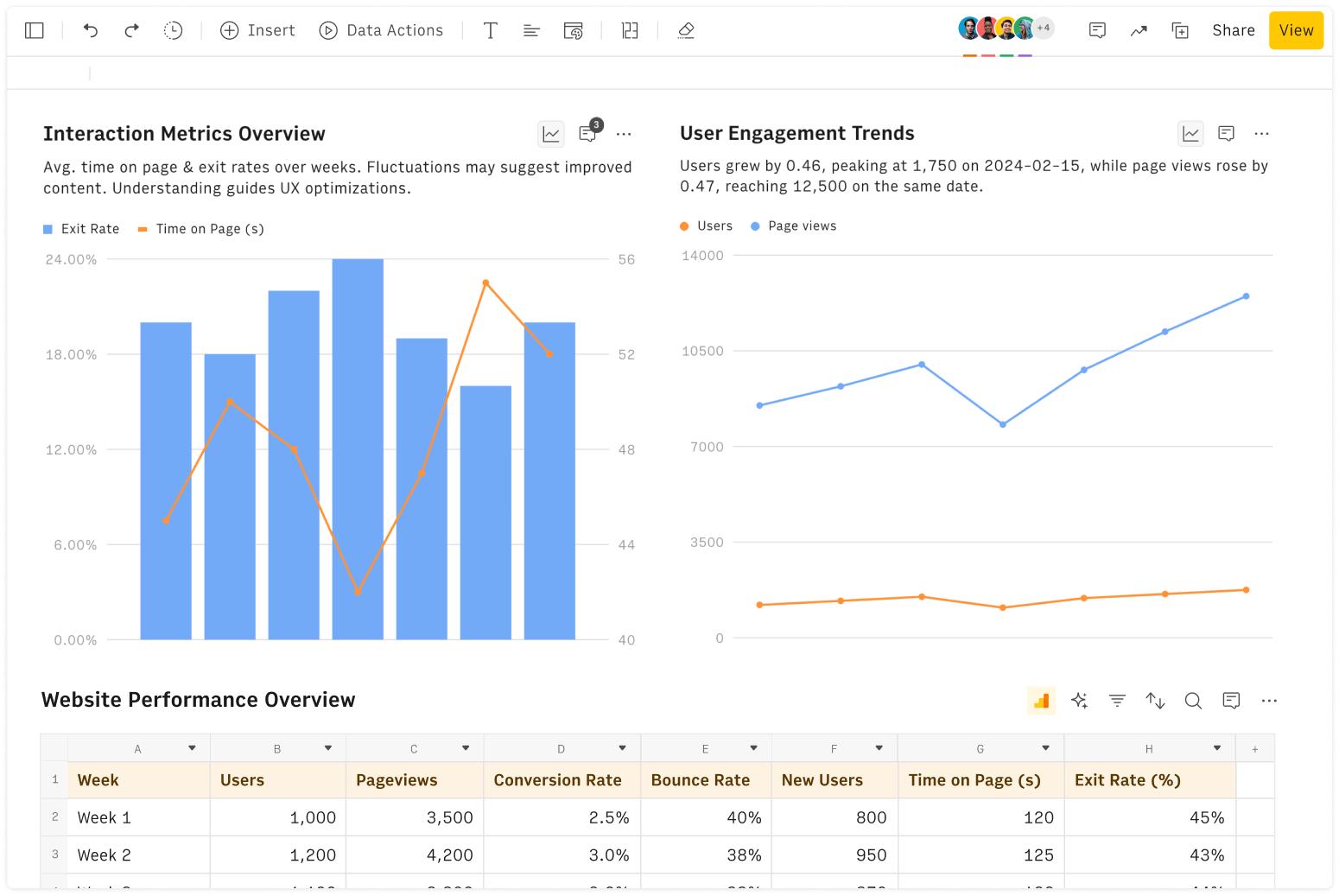Understanding Tesla's Financial Statement
A balance sheet, also known as a statement of financial position, provides a comprehensive snapshot of a company's financial condition at a specific point in time. It details assets, liabilities, and shareholders' equity, essential for evaluating a company’s financial health and stability.
For an innovative leader like Tesla, the balance sheet offers insights into its production efficiency, investment in technology, and expansion strategies. Key components of a balance sheet include Current Assets, Long-term Assets, Current Liabilities, Long-term Liabilities, and Shareholders' Equity.
Analyzing Tesla's Balance Sheet
TSLA Current Assets
Current Assets are those expected to be converted into cash or used up within one year. For Tesla, this category is critical due to its high rate of production and sales in electric vehicles and energy products.
Cash and Cash Equivalents: Liquid assets that are readily accessible, essential for Tesla’s investment in research and development, factory expansions, and day-to-day operations.
Accounts Receivable: Money owed to Tesla by customers, including payments for vehicle sales and energy products.
Inventory: The value of goods available for sale, encompassing electric vehicles, solar products, and energy storage solutions.
Long-term Assets in Tesla’s Financial Statement
Long-term Assets provide value beyond one year and are crucial for Tesla’s sustained growth and technological advancements.
Property, Plant, and Equipment (PP&E): Long-term physical assets used in operations, such as Gigafactories and production facilities.
Intangible Assets: Non-physical assets including patents, trademarks, and proprietary technologies, which are significant given Tesla’s focus on innovation and technology leadership.
Current Liabilities in Tesla’s Financial Statement
Current Liabilities are obligations that need to be settled within one year.
Accounts Payable: Money owed by Tesla to suppliers and partners, indicative of its extensive supply chain management.
Short-term Debt: Loans and financial obligations due within a year, reflecting Tesla’s short-term financing strategies and working capital management.
Long-term Liabilities in Tesla’s Financial Statement
Long-term Liabilities are obligations due beyond one year.
Long-term Debt: Loans and financial obligations maturing after one year, used to fund Tesla’s large-scale projects, such as new Gigafactories and advancements in autonomous driving technology.
Deferred Tax Liabilities: Taxes owed in the future due to timing differences between accounting and tax reporting, particularly relevant given Tesla’s global operations and varying tax jurisdictions.
Shareholders' Equity in Tesla’s Financial Statement
Shareholders' Equity represents the residual interest in the company's assets after deducting liabilities.
Common Stock: Equity capital raised from shareholders, reflecting investor confidence in Tesla’s business model and growth prospects.
Retained Earnings: Accumulated profits retained in the business for reinvestment in innovation, expansion, and enhancing shareholder value.
Key Analysis from Tesla’s Balance Sheet
Liquidity Ratios for Tesla
Liquidity ratios assess Tesla’s ability to meet short-term obligations. Key ratios and their calculations include:
Current Ratio:
Calculation: Current Assets / Current Liabilities
Insight: Measures Tesla’s ability to cover its short-term liabilities with its short-term assets.
Quick Ratio:
Calculation: (Current Assets - Inventory) / Current Liabilities
Insight: Evaluates Tesla’s capacity to meet short-term obligations without relying on inventory sales, crucial for a company with significant production assets.
Cash Ratio:
Calculation: Cash and Cash Equivalents / Current Liabilities
Insight: Indicates Tesla’s ability to cover short-term liabilities with cash and cash equivalents.
Solvency Ratios for Tesla
Solvency ratios evaluate Tesla’s ability to meet long-term obligations. Key ratios include:
Debt to Equity Ratio:
Calculation: Total Liabilities / Shareholders’ Equity
Insight: Assesses the proportion of debt financing relative to equity financing, indicating Tesla’s financial leverage.
Equity Ratio:
Calculation: Shareholders’ Equity / Total Assets
Insight: Shows the proportion of total assets financed by shareholders' equity, reflecting Tesla's financial health and capital structure.
Debt Ratio:
Calculation: Total Liabilities / Total Assets
Insight: Measures the extent to which Tesla’s assets are financed by debt, providing insights into its capital structure and risk level.
Interest Coverage Ratio:
Calculation: EBIT / Interest Expense
Insight: Evaluates Tesla’s ability to pay interest on its outstanding debt, highlighting its operational profitability and financial stability.
Critical Elements to Monitor on Tesla’s Balance Sheet
For investors and analysts, keeping an eye on Tesla's inventory levels is crucial, as it directly impacts production efficiency and sales forecasts. High inventory might indicate potential issues in sales or overproduction. Conversely, low inventory levels might suggest high demand and efficient production but could also indicate supply chain constraints.
Additionally, Tesla’s significant investment in PP&E, primarily its Gigafactories, reflects its commitment to expanding production capacity and technological advancements. Monitoring changes in long-term debt is also essential, as it impacts Tesla’s ability to finance new projects and innovations without diluting shareholder value.
Explore our Tesla Balance Sheet Analysis Tool to gain deeper insights into Tesla’s financial dynamics. Utilize this tool to understand how Tesla manages its production, invests in technological advancements, and maintains robust financial health for strategic decision-making.



